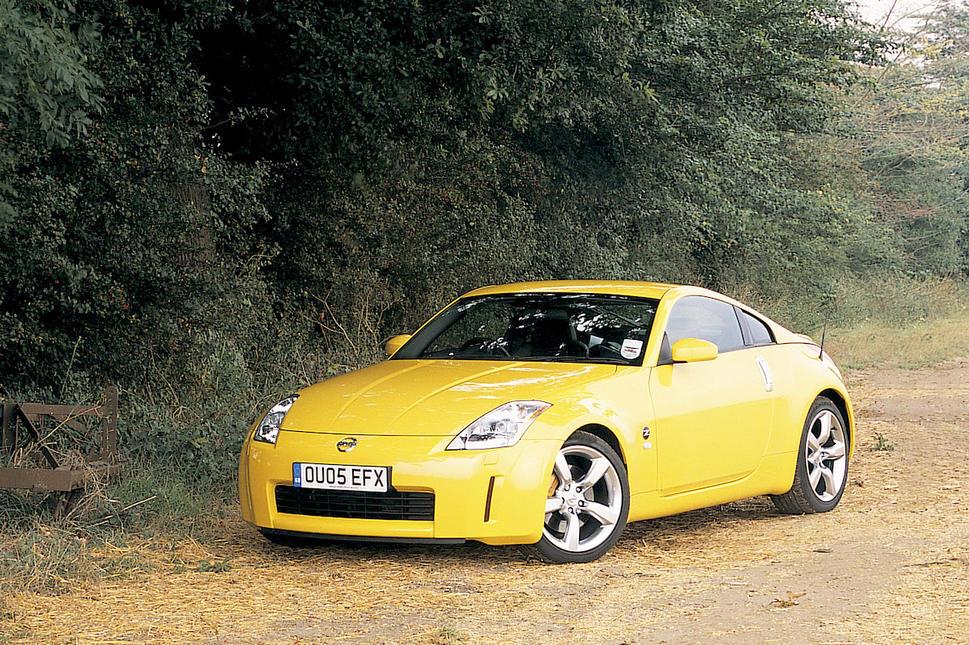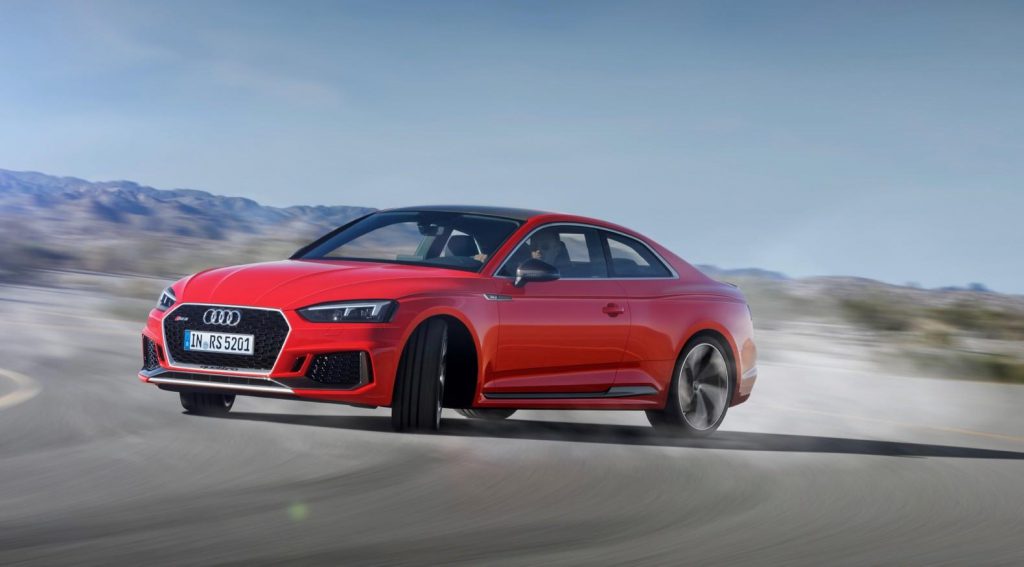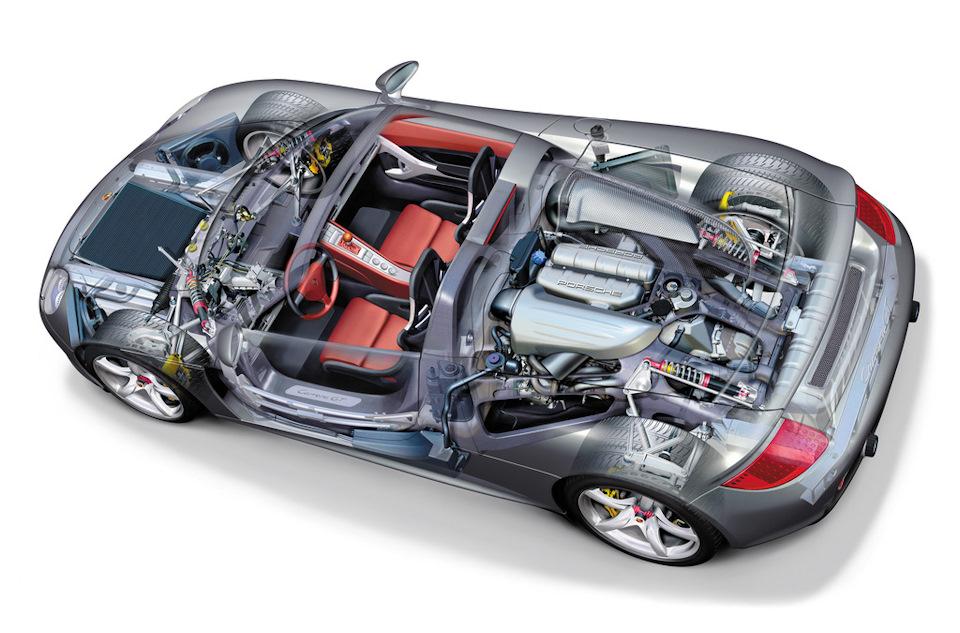Just like manual vs automatic or Ford vs Chevy, another ongoing automotive debate is front-wheel drive (FWD) vs rear-wheel drive (RWD). The rear wheel drive cars are prized for their more balanced performance and better handling. Some unique advantages of rear wheel drive have earned it a large pool of loyal fan base. Let’s find out what these benefits are.
Contents
What Is Rear Wheel Drive?
Once the auto industry standard, rear-wheel drive relied on the rear wheels to power the car. Commonly found on trucks and performance vehicles, RWD provides the traction needed with heavy loads and optimal handling on performance vehicles. One disadvantage of rear-wheel drive is reduced traction on slippery roads; This may not be ideal for snowy, wet, rainy climates.
Cars with an RWD mechanism have the engine located at the front and it establishes a connection to the driveshaft to send power to the rear part. Most of the automobiles manufactured in the 20th century have this mechanism because it is cheaper to put the rear wheels in charge of all the power and the front wheels of the steering. Also, the engine’s position in the front side acts as a protective barrier for the driver and the passengers in case of a direct collision.
The Advantages of Rear Wheel Drive
The RWD mechanism is an age-old technology because it was cheaper and was achievable with the limited technical knowledge in the early automotive industry.

Why is rear wheel drive better?
The RWD fans have many theories but the most plausible ones about the benefits of rear-wheel drive are:
Enhanced acceleration
An RWD car’s acceleration is better than an FWD car from a stop. A vehicle’s weight shifts to the rear part at the time of acceleration from a stop, which puts extra weight to the rear in an RWD model.
Additionally, RWD vehicles typically have a more balanced weight distribution compared to front-wheel drive (FWD) or all-wheel drive (AWD) vehicles. The engine is positioned longitudinally at the front, and the transmission and drivetrain components are located towards the rear, resulting in a more even distribution of weight between the front and rear wheels. This balanced weight distribution helps to enhance traction and prevent excessive wheel spin during acceleration.
As a result, the overweight increases the traction of the tires and promotes faster acceleration.
Better handling
Each set of tires in rear-wheel drive cars has only one task to perform – the front set controls the steering while the rear set provides power. The car can draw out more grip while cutting a corner because of the separate functions of the wheels.
In RWD vehicles, the front wheels are primarily responsible for steering, while the rear wheels provide the driving force. This separation of responsibilities allows for a more predictable and consistent steering feel. The front wheels can focus on directing the vehicle while the rear wheels provide propulsion, resulting in better feedback and control during cornering. This characteristic is particularly appreciated by driving enthusiasts who value precise and engaging handling.
Also, the even weight balance helps the car to drive with more authority through a corner. The driver will find the car more agile and controllable
Read more
- The Differences between All-Wheel-Drive and Four-Wheel-Drive
- Why Honda Is Still Not into the Rear-Wheel-Drive?
Eliminate torque steer
Torque steer is a big problem with FWD vehicles. It is a condition when the engine torque affects the steering and pulls the car to one side during heavy acceleration. It happens because the driveline is connected to the steering wheels. One of the biggest advantages of rear wheel drive is that the vehicles don’t show this problem since there is no direct connection between the engine and the steering gear.
The next plus point is the RWD which helps car owners save maximum repair and maintenance costs. Due to the simple structure with detachable parts, repairing each damaged part is quicker and easier.
Thanks to the above superior characteristics, this drive system is suitable for vehicles with large capacity engines such as V6 – V8 – V10,…

How to Drive a Rear Wheel Drive Car:
The rear-wheel drive requires a lot of space under the vehicle for the arrangement of the moving axle, so the leg space inside the cabin is often narrower than with other drivetrains. This weakness does not have too much of an impact on users and has been overcome by car manufacturers.
Cars with Rear Wheel Drive
The rear-wheel drive suits the high-performance, high-horsepower automobiles. You will find it in every category – family cars, sedans, stylish SUVs, sports cars, high-performance automobiles, and trucks.
Some of the best and most popular names among rear wheel drive cars are Porsche Cayman, the 2018 Lexus LC, Mercedes-Benz S-Class and E-Class, Porsche Boxster, and more.
The advantages of rear wheel drive vehicles are many. They show a high-level of endurance against abuse and wear and tear. They are easier to fix and replace. However, you will need to have top-class driving skills to properly handle an RWD car and utilize all of its functions.



